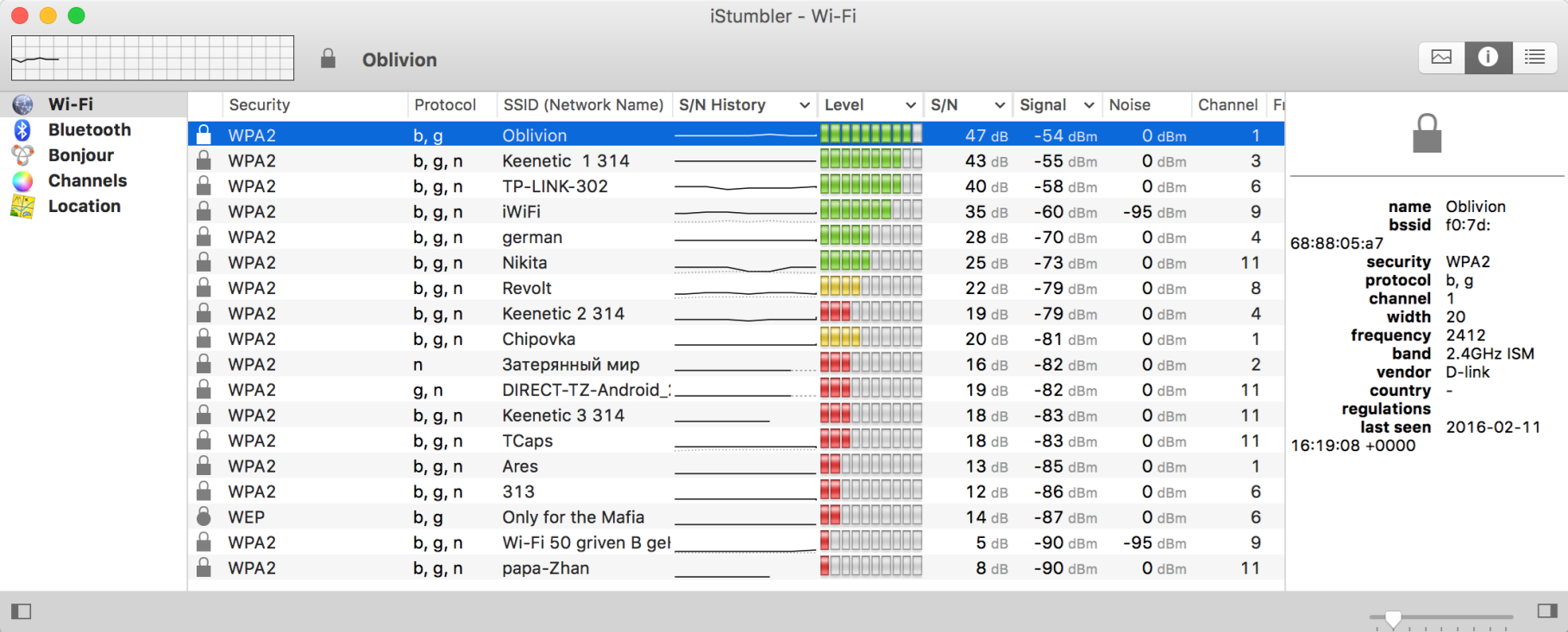고정 헤더 영역
상세 컨텐츠
본문

Mac PDF Measure It - 1.01: Mac PDF Measure It is an Acrobat plug-in tool, it enables accurate measurement of the distance and angle between two points on a page.To measure a distance, click anywhere on a PDF page to set a reference point. To measure a distance, click anywhere on a PDF page to set a reference point, then click again in the same page to set a measure point. Pdf editor with measuring tool for mac. Pdf measuring tool free download - PDF Ghostscript Tool, Fish Measure-Fish Measuring Tool, PDF Snipping Tool, and many more programs. Best Video Software for the Mac How To Run MacOS High.
Previously, we have covered an article to measure WiFi strength in Android. Now, I will talk about some free software that can do that for PC. 5 Free Software to Measure WiFi Signal Strength NetSpot. NetSpot is a free software to measure WiFi signal strength. The software comes with an intuitive interface and lists all the WiFi near you along with certain details.
Download and install a program for your wireless device that can measure the signal strength of a Wi-Fi connection. Some programs will provide a 'signal quality' rating on a scale of 0–100, but ideally you should use a program that provides measurements in dBm. WiFi Scanner is the most feature rich and complete WiFi scanning app on the app store and is a great tool for personal use and for IT professionals. All features available on Mac OS 10.7 and later. Most features available on Windows 7 and later. With inSSIDer Office Enterprise 4 Patch you can view MAC-address of each network device, type of protection, device vendor information, data rate, communication channel, and more. InSSIDer Office 4.4.0.6 License Key can also measure the signal strength of available wireless networks, quality of communication objects, in addition to coverage. WiFi Analyzer can help you to identify Wi-Fi problems, find the best channel or the best place for your router/access-point by turning your PC/laptop, tablet or mobile device into an analyzer for your wireless network. Thanks to Wi-Fi every device in your home can easily get online, whether it’s your iPad, desktop PC, the high-definition television in the living room, and maybe even your coffee pot or fridge.
Forget about sliced bread—Wi-Fi is easily one of the greatest inventions of the last few decades. Thanks to Wi-Fi every device in your home can easily get online, whether it’s your iPad, desktop PC, the high-definition television in the living room, and maybe even your coffee pot or fridge.

But are you getting the most out of your wireless Internet connection? Is it truly as fast as your service provider claims? Are the neighbors screwing up your signal? Do you know how to connect all your various devices together to share files at home?
Here are five free Wi-Fi-enhancing tools that can help you answer “yes” to all of those questions.
If you've followed the steps to connect your Mac to a Wi-Fi network, but the connection to your network or the Internet isn't reliable, the steps in this article might help.
Check for Wi-Fi recommendations
When your Mac tries to connect to a Wi-Fi network, it checks for issues that affect its ability to create a fast, stable, and secure connection. If an issue is detected, the Wi-Fi status menu in the menu bar shows a new item: Wi-Fi Recommendations. Choose it to see recommended solutions.
Wi-Fi recommendations are available in macOS Sierra or later.

Analyze your wireless environment
Your Mac can use Wireless Diagnostics to perform additional analysis.
- Quit any apps that are open, and connect to your Wi-Fi network, if possible.
- Press and hold Option (Alt) ⌥ key, then choose Open Wireless Diagnostics from the Wi-Fi status menu .
- Enter your administrator name and password when prompted.
Wireless Diagnostics begins analyzing your wireless environment:
If the issue is intermittent, you can choose to monitor your Wi-Fi connection:
When you're ready to see recommendations, continue to the summary. Wireless Diagnostics asks for optional information about your base station or other router, so that it can include that in the report it saves to your Mac.
Click the info button next to each item in the summary to see details about that item. Wi-Fi best practices are tips that apply to most Wi-Fi networks.
Back up or make note of your network or router settings before changing them based on these recommendations—in case you need to use those settings again.
Monitor your Wi-Fi connection
Your Mac can monitor your Wi-Fi connection for intermittent issues, such as dropped connections. Follow the steps to analyze your wireless environment, but choose ”Monitor my Wi-Fi connection” when prompted.
During monitoring, a window shows that monitoring is in progress. Monitoring continues as long as this window is open and you're on the same Wi-Fi network, even when your Mac is asleep.
If Wireless Diagnostics finds an issue, it stops monitoring and shows a brief description of the issue. You can then resume monitoring or continue to the summary for details and recommendations.
Nov 30, 2016 How to Install the JDK (Java Development Kit) on a Mac. Installing the Java Development Kit (JDK) on your Mac will allow you to write and compile Java applications. Installation of the JDK is very straightforward, and includes a. Jdk tool for mac.
Create a diagnostics report
How To Measure Wifi Signal Strength
Wireless Diagnostics automatically saves a diagnostics report before it displays its summary. You can create the same report at any time: press and hold the Option key, then choose Create Diagnostics Report from the Wi-Fi status menu . It can take your Mac several minutes to create the report.
- macOS Sierra and later saves the report to the /var/tmp folder of your startup drive, then opens that folder for you.
To open the folder manually, choose Go > Go to Folder from the Finder menu bar, then enter /var/tmp. - OS X El Capitan or earlier saves the report to your desktop.
The report is a compressed file with a name that begins “WirelessDiagnostics.” It contains many files that describe your wireless environment in detail. A network specialist can examine them for further analysis.
Use other diagnostics utilities
Mac Tool For Measuring Wifi Strength Analyzer
Wireless Diagnostics includes additional utilities for network specialists. Open them from the Window menu in the Wireless Diagnostics menu bar:
- Info gathers key details about your current network connections.
- Logs enables background logging for Wi-Fi and other system components. The result is saved to a .log file in the diagnostics report location your Mac. Logging continues even when you quit the app or restart your Mac, so remember to disable logging when you're done.
- Scan finds Wi-Fi routers in your environment and gathers key details about them.
- Performance uses live graphs to show the performance of your Wi-Fi connection:
- Rate shows the transmit rate over time in megabits per second.
- Quality shows the signal-to-noise ratio over time. When the quality is too low, your device disconnects from the Wi-Fi router. Factors that affect quality include the distance between your device and the router, and objects such as walls that impede the signal from your router. Learn more.
- Signal shows both signal (RSSI) and noise measurements over time. You want RSSI to be high and noise to be low, so the bigger the gap between RSSI and noise, the better.
- Sniffer captures traffic on your Wi-Fi connection, which can be useful when diagnosing a reproducible issue. Select a channel and width, then click Start to begin capturing traffic on that channel. When you click Stop, a .wcap file is saved to the diagnostics report location on your Mac.
Mac Tool For Measure Wifi Strength
Learn more
Additional recommendations for best Wi-Fi performance:
Mac Tool For Measure Wifi Strength Strength
- Keep your router up to date. For AirPort Time Capsule, AirPort Extreme, or AirPort Express Base Station, check for the latest firmware using AirPort Utility. For non-Apple routers, check the manufacturer's website.
- Set up your router using Apple's recommended settings, and make sure that all Wi–Fi routers on the same network use similar settings. If you're using a dual-band Wi-Fi router, make sure that both bands use the same network name.
- Learn about potential sources of Wi-Fi and Bluetooth interference.
Mac Tool For Measuring Wifi Strength Test
Learn about other ways to connect to the Internet.





댓글 영역